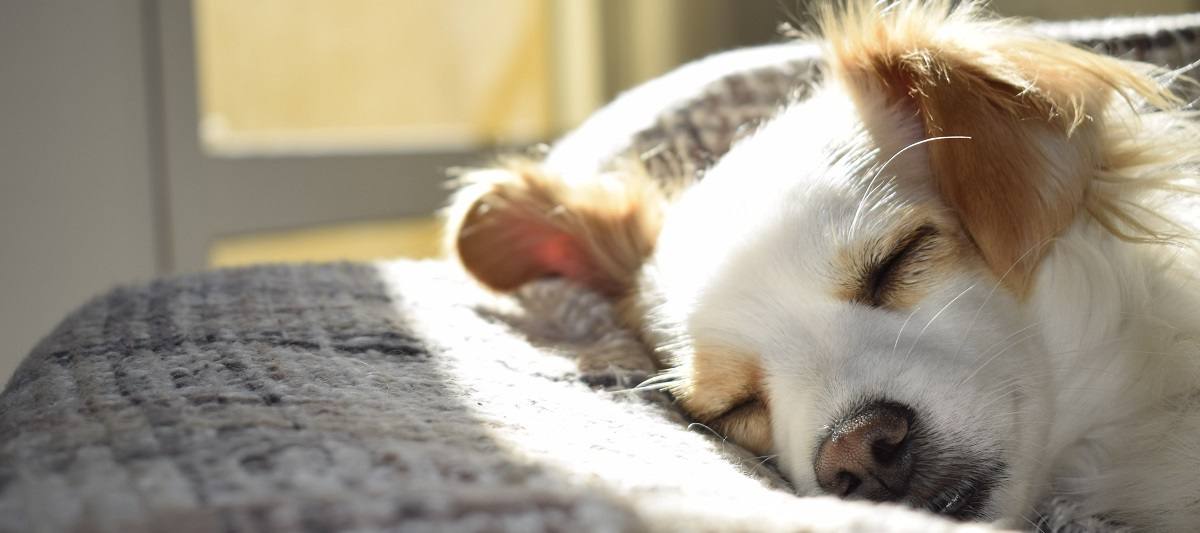Learn what causes pet allergies and how to alleviate them
It's not your pet's hair that's making you sneeze. It's the dander, saliva, and urine that attach to the hair and cause pet allergies. If this image makes you shudder, realize that you're not alone. Nearly three out of every 10 people in the US who suffer from allergies are allergic to pets, according to the Asthma and Allergy Foundation of America. Luckily, there are ways to breathe cleaner air – including choosing the right air filter.
Pet Dander Allergy Symptoms
Regular symptoms often include:
- Sneezing
- Itching
- Coughing
- Watery Eyes
- Stuffy Nose
- Shortness of Breath
- Rash
- Inflammation
What to Do for Pet Allergies
While some experts may tell you that you should find a new home for your dog or cat if they're causing allergies to flare, many pet owners would rather suffer than say "farewell" to a furry family member. Here are a few ideas to make keeping your companion a little easier:
- Choose the right HVAC filter for your home. People with pets or other indoor allergies should use an air filter with a minimum efficiency rating of MERV 11. These filters capture pet dander and the pollen that your pet may carry on its fur when returning from the outdoors.
- Keep your pets out of your bedroom. You spend at least a third of your life in your bedroom. Shouldn't that be a sanctuary, a place to breathe easier? Make the bedroom off-limits to your furry children. You can even add a layer of extra filtration by covering the air vents with a fabric such as cheesecloth – or better yet, our MERV 13 filter media.
- Vacuum and clean surfaces frequently. Pet allergens will settle onto all the surfaces of your home, leaving you vulnerable anytime they are stirred up. Make sure to wipe hard surfaces and vacuum furniture and carpets regularly. Vacuuming can stir up allergens, so use a vacuum cleaner with an asthma- and allergy-friendly filter if possible.
- Ask a family member without pet allergies to brush your dog or cat outside if possible.
- If all else fails, a doctor may prescribe medicine or immunotherapy to help with your symptoms.
Can You Keep Your Pet from Shedding?
Unfortunately, there's nothing you can do to stop a cat or dog from shedding. It's how their bodies adapt to changes in temperature. They put on a thicker coat of fur in the fall and winter and then shed the excess fur in the spring and summer. However, there are a few things you can do during peak shedding season to help minimize the effects in your home.
- Brush and bathe pets regularly. If possible, take your pet outside and brush him or her often. If you get rid of loose fur and dead skin outdoors, they won’t enter your home. With dogs especially, regular bathing can make a big difference. A word of caution: most cats aren't fans of baths.
- Choose the right dog and cat shedding supplements. Omega-3 fatty acids – found in flaxseed and olive oil – are crucial to a smooth coat and the reduction of dry skin particles. Ask your vet what types of supplements contain this nutrient and work to enhance your pet's coat.
- Upgrade your pet's diet. It is important that their food is rich in these Omega-3 fatty acids in order to prevent the dry skin that results in adding dander allergens to the air. Research what foods are best for your cat or dog's breed and lifestyle or ask the next time you are at the vet.
Now that you know how to mitigate your pet allergies, you can check out some of our other helpful tips for breathing easier at home.

